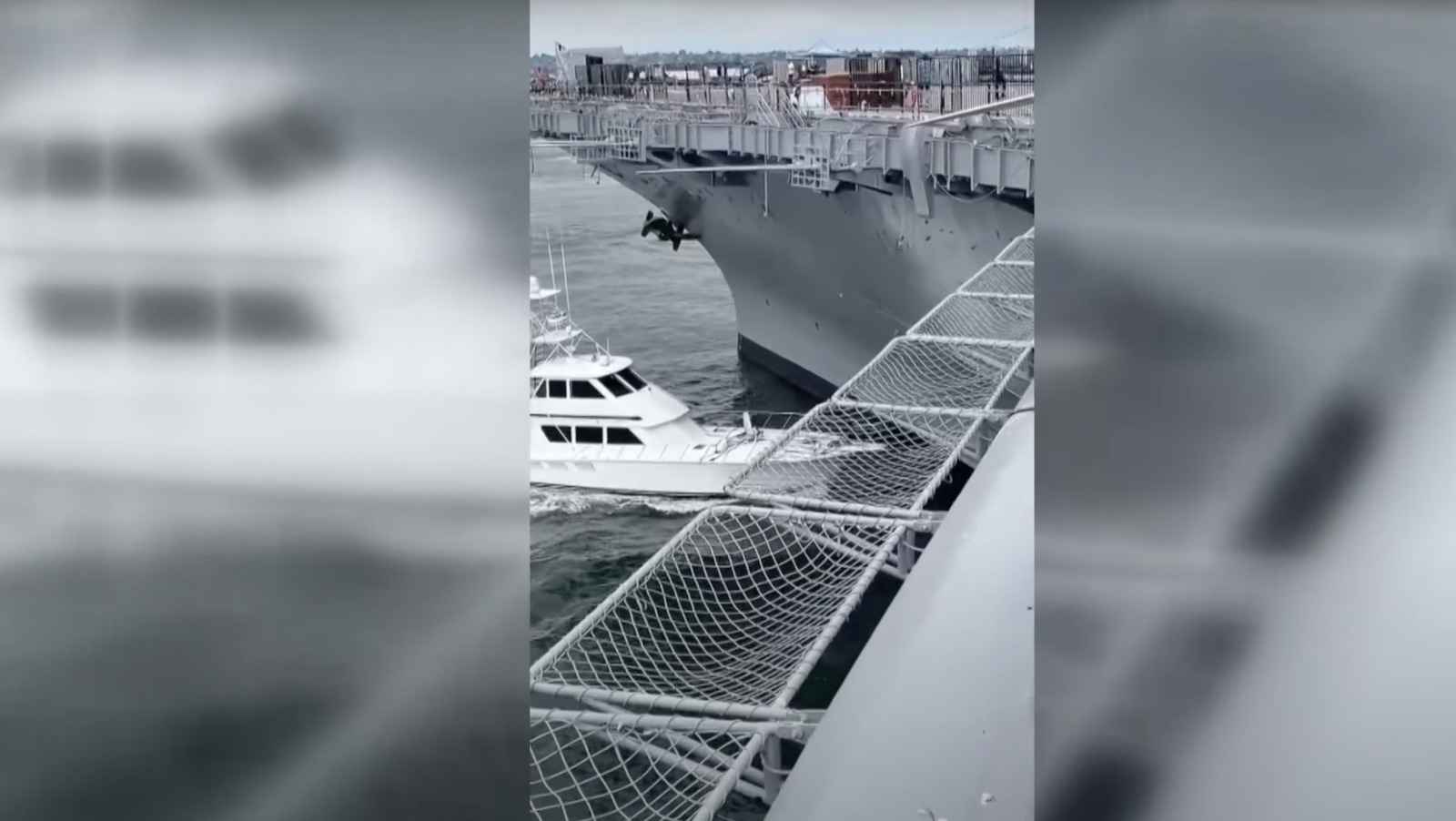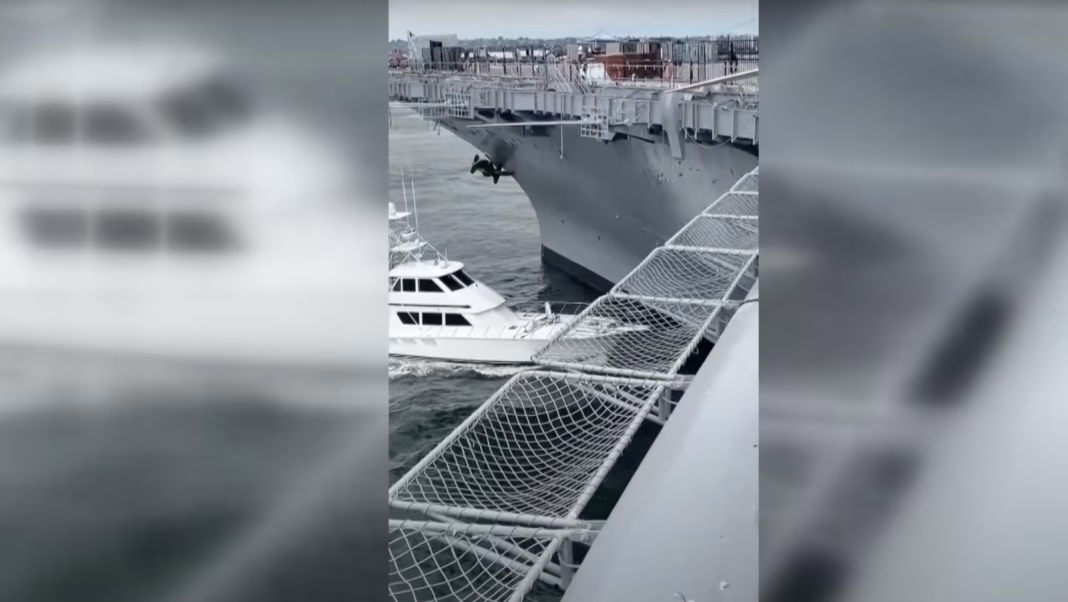What Really Happened When a Motor Boat Hit the USS Midway?
Picture this: the USS Midway, a legendary aircraft carrier that’s called San Diego home for decades, quietly enjoying its well-earned retirement as a floating museum. Then, out of nowhere, a 65-foot motor boat slams into its side. Not exactly the kind of excitement the Midway’s crew—or the city—was hoping for.
How Did a Motor Boat Collide With a Massive Aircraft Carrier?
It sounds almost impossible, right? The Midway is enormous, stretching over 1,000 feet long and towering above the waterline. But even the most iconic ships aren’t immune to mishaps. According to local authorities, the incident happened late in the evening, when visibility was lower and harbor traffic was light. The motor boat, reportedly traveling at a higher-than-safe speed, veered off course and struck the Midway’s hull.
Eyewitnesses described a loud bang echoing across the harbor. Within minutes, San Diego Harbor Police were on the scene, quickly assessing the damage and searching for the boat’s operator, who initially fled the area. Thanks to surveillance cameras and swift coordination between harbor patrol and local law enforcement, the boater was tracked down within hours.
What Kind of Damage Did the Midway Sustain?
Here’s the good news: the Midway is built like a tank. Initial inspections revealed only minor cosmetic damage to the hull—scrapes, dents, and some chipped paint. Museum officials reassured the public that the ship’s structural integrity wasn’t compromised, and all exhibits remained open to visitors.
Still, the incident raised eyebrows. The Midway is a National Historic Landmark, and any damage, no matter how small, is taken seriously. Restoration teams immediately got to work, using archival photos and original blueprints to ensure repairs matched the ship’s storied past. The museum’s director noted that while the Midway has weathered storms and decades at sea, it’s the unexpected moments like these that keep the team on their toes.
Why Did the Boater Flee the Scene?
It’s a question that’s been on everyone’s mind. Leaving the scene of an accident—especially one involving a historic vessel—carries serious legal consequences. According to the San Diego Harbor Police, the boater may have panicked, fearing the repercussions of colliding with such a high-profile landmark.
Alcohol or impaired judgment hasn’t been ruled out, though the investigation is ongoing. Data from the National Association of State Boating Law Administrators shows that hit-and-run incidents on the water, while rare, have been on the rise in recent years, often linked to inexperienced operators or those under the influence. The Midway incident is now being used as a case study in local boating safety courses, highlighting the importance of responsibility on the water.
How Are Authorities Preventing Future Incidents?
After the collision, harbor officials reviewed safety protocols around the Midway and other moored vessels. Enhanced lighting, improved signage, and increased patrols are now in place, especially during off-peak hours. The museum has also partnered with the U.S. Coast Guard to offer free boating safety seminars, hoping to educate both locals and tourists about navigating busy harbors safely.
Experts recommend always maintaining a safe speed, keeping a sharp lookout, and never operating a vessel while impaired. The U.S. Coast Guard’s 2023 Recreational Boating Statistics report found that operator inattention and inexperience remain leading causes of accidents—reminders that even seasoned boaters can’t afford to get complacent.
What Does This Mean for the Midway’s Future as a Museum?
If anything, the incident has reinforced the Midway’s role as a living piece of history. Visitor numbers actually ticked up in the weeks following the news, with many locals expressing renewed appreciation for the ship’s resilience. Docents have woven the story into their tours, using it as a teachable moment about maritime safety and the ongoing stewardship required to preserve historic vessels.
The museum’s leadership has also doubled down on community outreach, inviting school groups and veterans to participate in restoration efforts. It’s a reminder that the Midway isn’t just a relic—it’s a symbol of the city’s past, present, and future.
The big takeaway? Protecting icons like the Midway isn’t about perfection—it’s about smarter adjustments. Start with one change this week, whether it’s brushing up on boating rules or supporting local museums, and you’ll likely spot the difference by month’s end.


